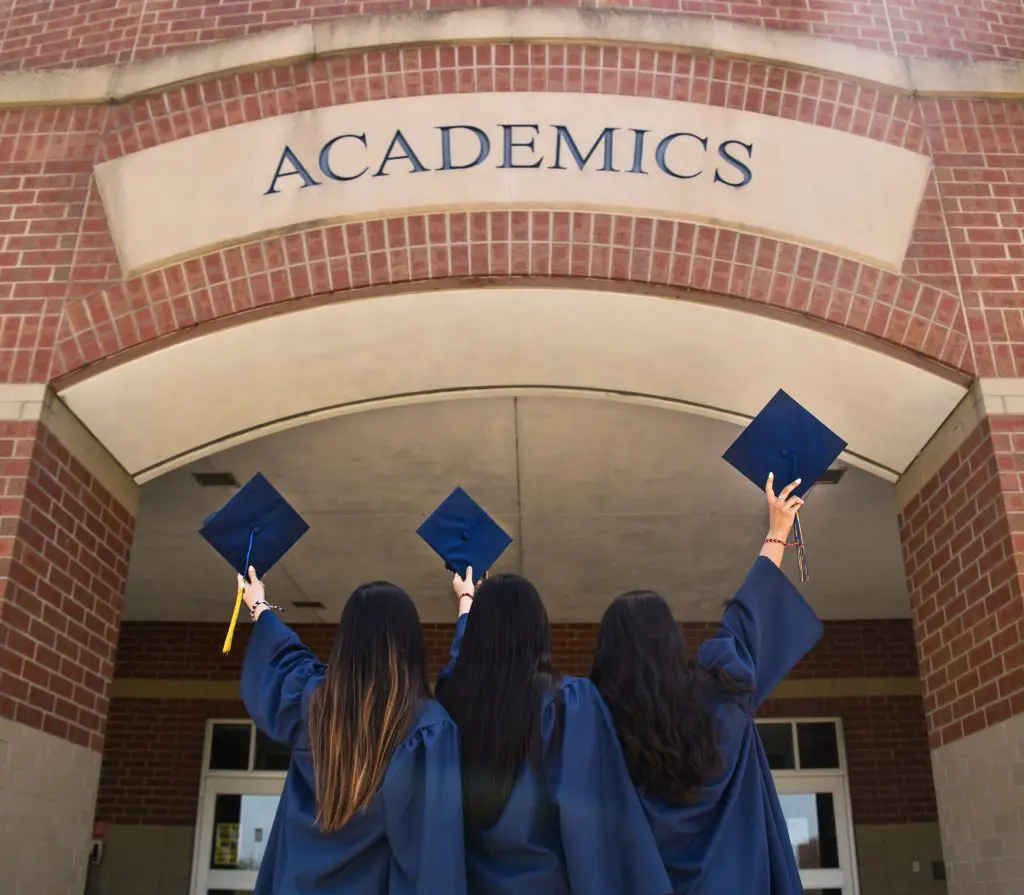Study at Columbia University
Study at Columbia University
A prestigious Ivy League school in the heart of New York
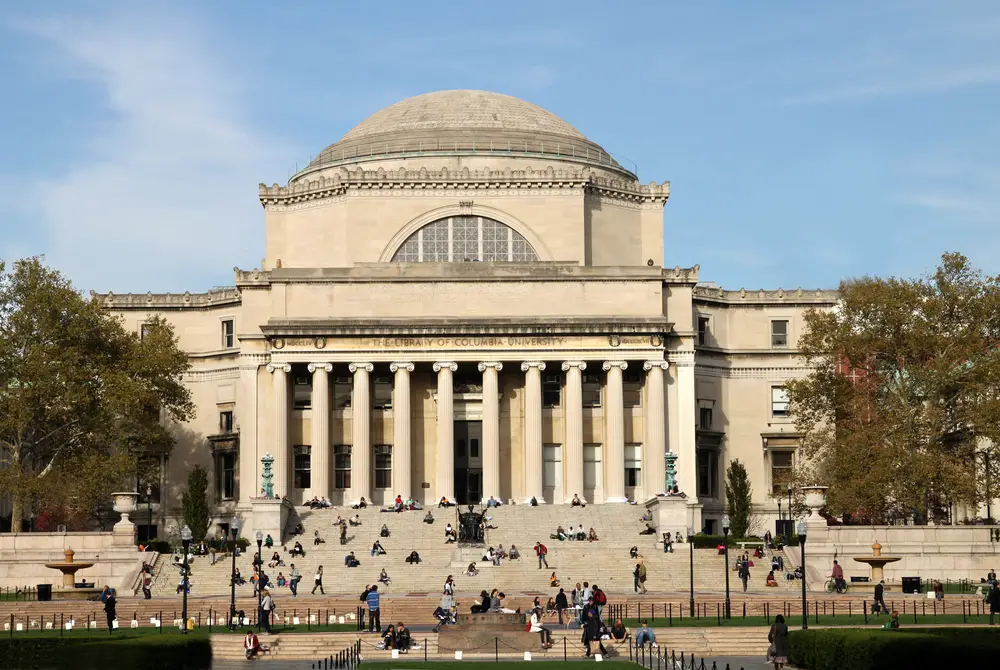
In 1754, an institution of higher learning was chartered by royal decree in the colonial city of New York. It would become Columbia University in the City of New York, one of the top universities in the United States and indeed in the world. In 2017 Columbia’s undergraduate acceptance rate was 5.5%, which made it the third most selective college in the United States and the second most selective in the Ivy League. It is currently ranked 16th by QS World University Ranking 2018, 2nd among U.S. colleges and 2nd among Ivy League schools for 2017 by Wall Street Journal and Times Higher Education.

Columbia University in a few words
In 2017, its student population was 32,429 (8,868 students in undergraduate programs and 23,561 in postgraduate programs), with 42% of the student population identifying themselves as a minority and 28% born outside of the United States.
Since its creation, Columbia University has educated American and world leaders, beginning with Alexander Hamilton – class of 1777-, later to become the primary economic advisor to George Washington, the first American President. The University is well-acquainted with success as just this year, In addition, Professor Joachim Frank shared the Nobel Prize in chemistry. The University itself awards the famed Pulitzer Prize each year in twenty-one categories for excellence in newspaper journalism, literary achievements and musical composition. This year, the University also graduated a diverse group of 16,000 students from more than 100 different countries.
Campus
Despite its location in busy Manhattan, the 32 acre (13 hectare) campus of Columbia University is gated, and therefore provides the best of both worlds within the Morningside Heights neighborhood on the border of Upper West Side and Harlem.
Among the most-loved places to spend time on campus, the “Low Steps”, the nickname for the staircase leading up to Low Memorial Library, probably take the prize. The building is also one of many buildings National Historic Landmark sites at Columbia. Built in 1895 by then University President Seth Low as Columbia’s central library, it would later be replaced by the Butler Library, the university’s largest single library with over 2 million volumes. Philosophy Hall also bears the historical honor as the site of the invention of FM radio with WKCR, the radio station run by Columbia students.
Almost two dozen undergraduate dormitories (purpose-built or converted) are located on campus or in Morningside Heights. As a consequence, undergraduate students are guaranteed on-campus housing during their studies.
Academic matters
There is a long-standing tradition of newspaper publication and media broadcasting at Columbia. Of note, the Columbia Daily Spectator is America’s second-oldest newspaper written entirely by students, and The Columbia Review has the honor of being the nation’s oldest college literary magazine. Its Columbia Television (CTV) is also the second-oldest student television station in the nation.
Columbia University is an inclusive community with 42% self-identifying as a minority. Additionally, the Columbia Queer Alliance is the oldest gay student organization in the world, founded as the Student Homophile League in 1967. As proof of their political engagement, Columbia’s students participated in the student protests of 1968 over two issues related to perceived racial aggression (the building of a gym in neighboring Harlem) and the university’s membership in a weapons research think-tank controlled by the Pentagon. The students protests were successful on both counts.
Academics
Research has an important place at Columbia and the University prides itself in the fact that even undergraduate students participate in this endeavor. Indeed, the University can claim major accomplishments in many areas including biological and biomedical sciences. The school was site where the uranium atom was split, and where the laser was invented. Columbia was also the first American university to confer MD degrees for medical studies beginning in 1767. Engineering is yet another area in which Columbia shines. The university is a top supplier of young engineering entrepreneurs for New York City, and over the past 20 years, graduates of Columbia established over 100 technology companies.
In addition computer and information sciences and support services, visual and performing arts and social sciences are all popular academic programs. In social sciences, the School of International and Public Affairs has drawn upon the resources of the faculties of political science, economics, and history since its inception 1946. Today its most notable academic is the internationally celebrated expert University Professor Joseph Stiglitz, winner of the Nobel Prize in Economics in 2001 and named by the magazine Time as one of the 100 most influential people in the world in 2011.
The university is organized into twenty schools, including undergraduate as well as graduate schools and Barnard College, an all-female institution. Graduates of Barnard are issued diplomas authorized by both Columbia University and Barnard College. The university also has several affiliates outside of the US, called Columbia Global Centers in Beijing, Amman, Paris, Mumbai, Istanbul, Nairobi, Rio de Janeiro and Santiago de Chile. Each is intended “to promote and facilitate international collaborations, new research projects, academic programming and study abroad, enhancing Columbia’s historical commitment to global scholarship” (https://globalcenters.columbia.edu).
How do I apply?
According to Columbia, about 10% of the Class of 2017 were educated abroad, representing over 30 countries. As the University says, “We also value the fact that international applicants, regardless of citizenship, have much to offer from their backgrounds and experiences as global citizens” (https://barnard.edu/admissions/internationalstudents). In addition to the requirements listed below for Columbia University, applicants may also chose to participate in an optional interview with an alumnus/a of the University.
To apply to Columbia, you will need to use the Common Application, a centralized platform through which you can apply to most American colleges and universities. You will need to fill in information about your family – including the occupation of your parents -, provide your transcript or high school grades, submit 2 teacher recommendation letters, submit one “school report”, draft a résumé or CV, send official test scores (SAT, SAT Subject Test scores, ACT and English language test scores – note that the essay portion of the ACT/SAT is not required), declare a major or intended area of study, describe your extracurricular activities and as with most highly selective colleges complete the essay questions on the Common App as well as answer additional essay questions specific to Columbia.
You must submit all your materials before the appropriate deadline. If you are sure that Columbia is your first choice, then you may want to apply for Early Decision, which may increase your chances for admission. Early Decision materials must be submitted by November 1st. The University stipulates that you must complete ACT/SAT/an English language test by November. Materials for Regular Decision must be submitted by January 1st. In this case, students may opt to take the ACT/SAT/an English language test (TOEFL, IELTS, DET) as late at February. SAT subject tests are not required by Columbia, however it is probably a good idea to take the tests that correspond to your interests and strengths. Finally, the University will accept your highest scores from each section of the ACT/SAT separately. This is known as “superscoring”.
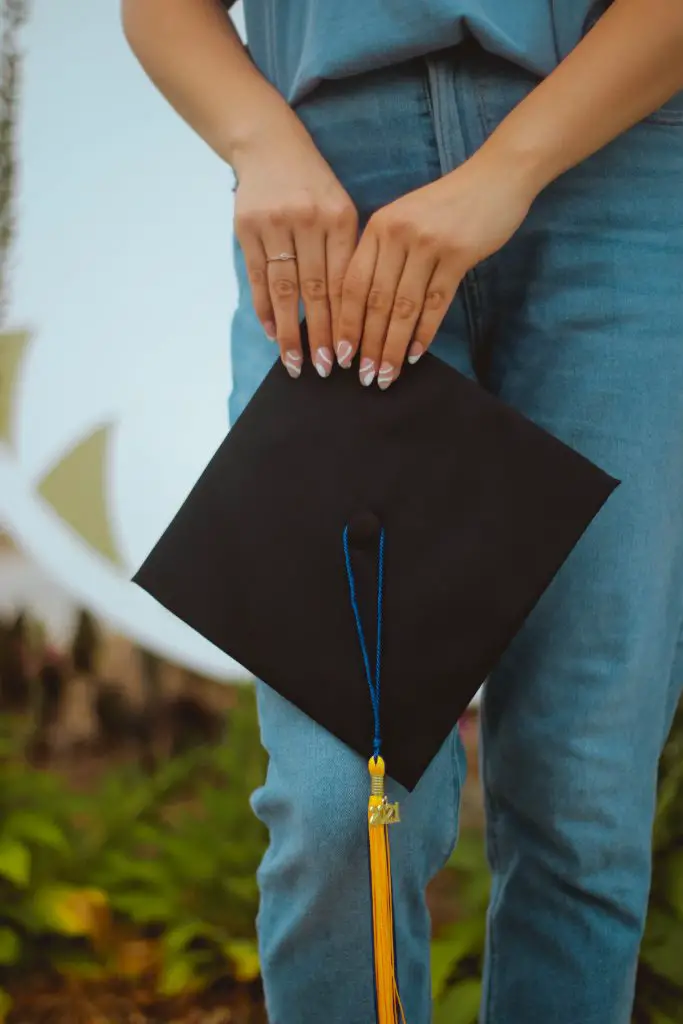
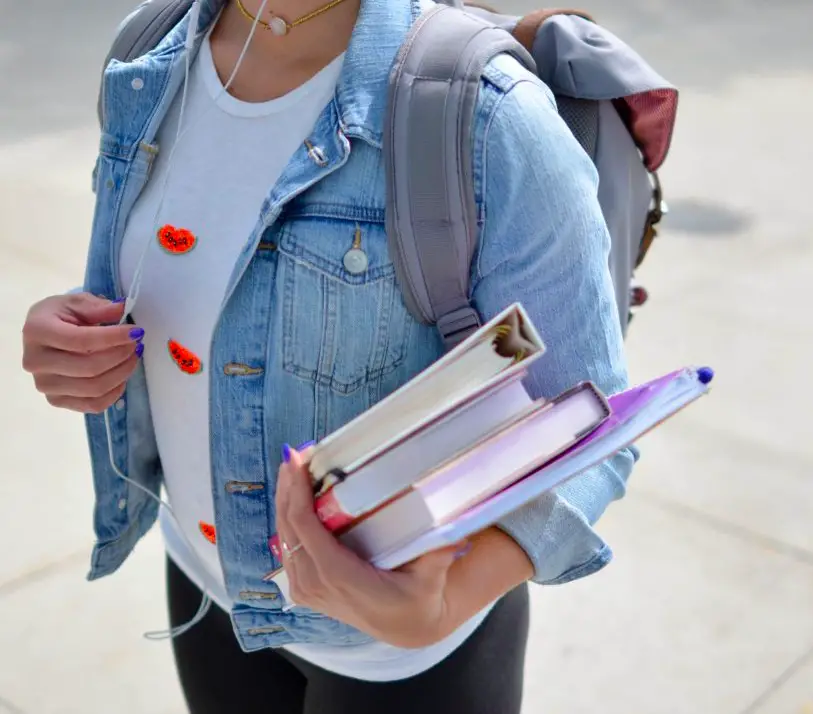
The Application
Your application for a Bachelor’s at Columbia University must comprise the following elements :
- The”Coalition Application” or “Common Application”, which is composed of questions specific to Columbia :
- Lists and descriptions of all activities and accomplishments of the student (“achievements, activities, employment and summer activities”),
- “Personal essay”
- “Columbia-specific questions”
- Your school grades
- Official transcript of your school report card.
- Recommendation from a school counselor and school profile (“school profile”)
- A completed “Mid-Year Report”
- Standardized tests
- Score from SAT or ACT
- Score from a standardiZED English exam (IELTS, TOEFL, DET)
- 2 letters of recommendation from teachers
- these recommendations must come from teachers of academic subjects
- For candidates applying to engineering one of these recommendations must be from a teacher of mathematics or science
- Complementary documents for the application :
- Supplementary materials
- Optional interview with an alumnus/a
What is the profile of students at Columbia University
“The admissions process at Columbia is a “holistic” one, taking many factors into careful consideration. Columbia does not rely on standardized testing and grades alone and instead looks at all parts of every application to help inform its judgment. Admissions reads personal statements to try to understand each candidate and what motivates him or her. Admissions reads teacher recommendations carefully to understand a candidate’s contributions in the classroom and what that candidate might offer his or her Columbia classmates.”
It is worth noting that applying to Barnard College, is also open to female students. Out of 7,716 applicants, 15% – 603 students – were admitted to the class of 2011. That’s 10% more than at Columbia University overall.
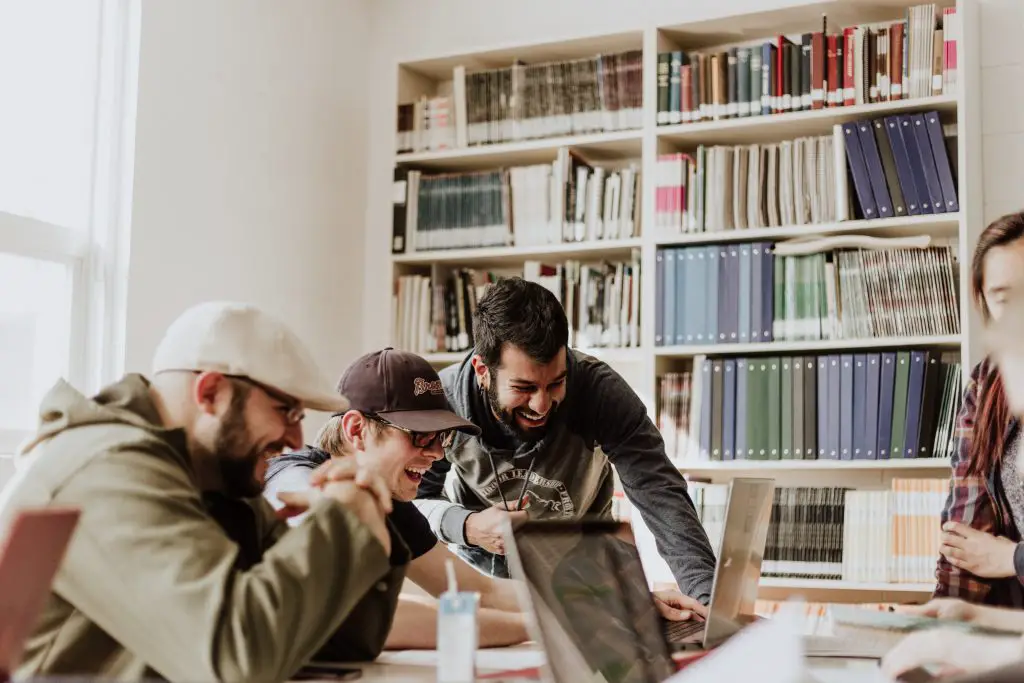
Are you ready to study at Columbia?
We’re here to help you.

